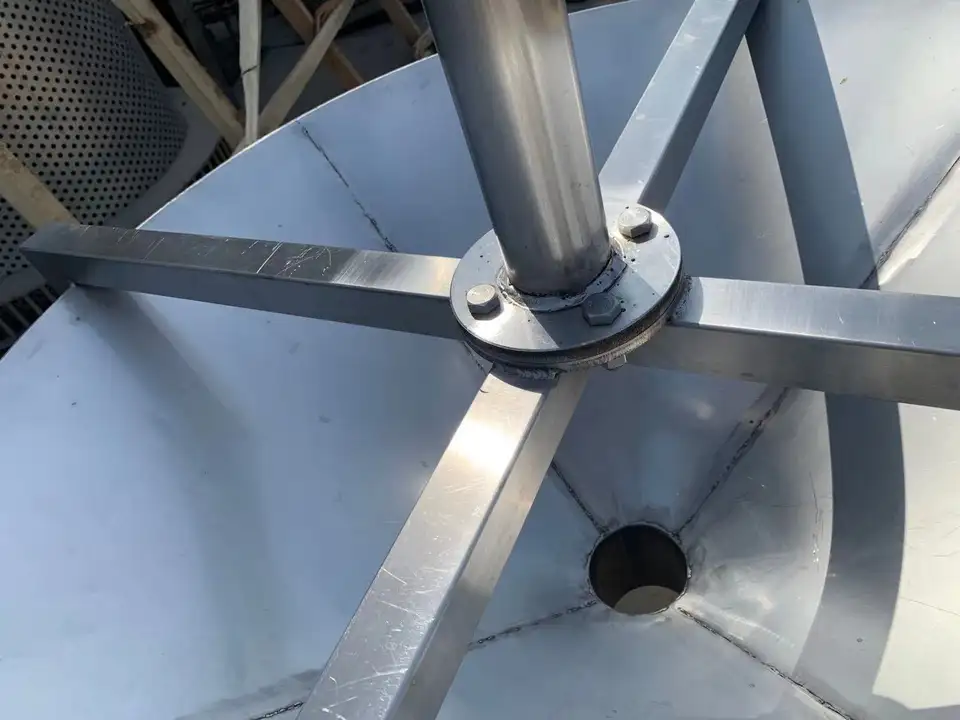FRP Fan Blade Production by Leading Manufacturer in the Industry
11 月 . 08, 2024 05:50 Back to list
FRP Fan Blade Production by Leading Manufacturer in the Industry
Understanding FRP Fan Blade Manufacturing An Overview
In recent years, the demand for efficient and durable fan blades has surged, particularly in industries that require high performance under rigorous conditions. One of the most promising materials that have emerged in this field is Fiberglass Reinforced Plastics (FRP). This article aims to share insights into the manufacturing process of FRP fan blades, their benefits, applications, and why choosing the right manufacturer is crucial.
What is FRP?
Fiberglass Reinforced Plastic (FRP) is a composite material made up of a polymer matrix reinforced with fiberglass. This combination yields a lightweight yet strong product that exhibits excellent resistance to corrosion, wear, and thermal fluctuations. These properties make FRP an ideal choice for creating fan blades, which must endure demanding operational environments.
The Manufacturing Process
The manufacturing process of FRP fan blades generally consists of several key steps
1. Material Selection The manufacturing begins with the selection of high-quality resins and fiberglass. Different combinations of these materials can be used depending on the specific performance requirements, such as impact resistance, weight, or thermal stability.
2. Mold Preparation Custom molds are created based on the design specifications of the fan blades. Quality manufacturers invest in precise and durable molds to ensure that the final products meet stringent quality standards.
3. Layup Process In this stage, layers of fiberglass are placed into the mold, and the resin mixture is applied. This can be done using hand layup, spray-up, or vacuum infusion techniques, with the method chosen depending on the desired thickness and surface finish of the fan blades.
4. Curing Once the fiberglass and resin have been laid up in the mold, the components are subjected to a curing process. This can involve heat or simply allowing the material to set at room temperature, depending on the resin used. Proper curing is essential for ensuring the mechanical properties of the fan blades.
5. Trimming and Finishing After curing, the blades are removed from the molds. They may require trimming and finishing to achieve the desired dimensions and surface quality. Attention to detail in this stage is vital to prevent any defects that could compromise performance.
6. Quality Control Before the final product can enter the market, it undergoes rigorous quality control checks. Testing includes examining structural integrity, balancing, and ensuring that the blades meet all applicable industry standards.
Benefits of FRP Fan Blades
The advantages of using FRP fan blades over traditional materials such as metal or wood are numerous
- Lightweight FRP is significantly lighter than metal and wood, leading to easier installation and reduced energy consumption during operation.
- Corrosion Resistance FRP blades remain unaffected by moisture, chemicals, or salt air, making them ideal for applications in harsh environments.
frp fan blade manufacturer

- Durability The resilience of FRP against impacts and fatigue ensures a long lifespan, reducing maintenance and replacement costs.
- Customizability The manufacturing process allows for a high degree of customization in terms of size, shape, and aesthetic appeal, catering to the specific needs of various applications
.Applications
FRP fan blades find extensive use across various sectors
- Industrial Ventilation Used in factories and warehouses, they help optimize air circulation and maintain workplace comfort.
- Cooling Towers In power plants and HVAC systems, they enhance cooling efficiency, contributing to energy savings.
- Marine Applications Given their corrosion resistance, FRP fan blades are ideal for use in boats and ships.
- Agricultural Equipment In agricultural settings, they are incorporated into equipment for ventilation and aeration.
Choosing the Right Manufacturer
Selecting a reputable FRP fan blade manufacturer is essential for achieving optimal results. Considerations include
- Experience and Expertise Look for manufacturers with a proven track record in producing FRP products.
- Quality Assurance Confirm that they adhere to industry standards and have robust quality control measures in place.
- Customer Support A reliable manufacturer will offer excellent customer service and technical support.
- Innovation Assess their commitment to research and development, which can lead to better materials and improved manufacturing techniques.
Conclusion
FRP fan blades represent a significant advancement in modern engineering, offering enhanced efficiency and durability for various applications. Understanding the manufacturing process and the selection of a skilled manufacturer can greatly impact the performance and longevity of these essential components. By choosing FRP, industries can achieve greater operational efficiency while benefiting from reduced maintenance costs over time. As the market continues to evolve, the role of quality manufacturing in ensuring the success of FRP fan blades will only become more critical.
-
school
NewsJul.10,2025
-
Vacuum Packing Machine - Efficient & Reliable Vacuum Packaging Solutions for Food & Industrial Use
NewsJun.10,2025
-
High-Quality European Rabbit Cage Durable Welded Rabbit Cage Wire Mesh Supplier
NewsJun.10,2025
-
High-Efficiency Air Inlet Window for Optimal Poultry Ventilation & Cooling
NewsMay.30,2025
-
High-Efficiency Evaporative Cooling Pads Durable & Energy-Saving
NewsMay.30,2025
-
Automatic Egg Collecting Machine High-Efficiency Poultry Farm Solutions
NewsMay.29,2025






